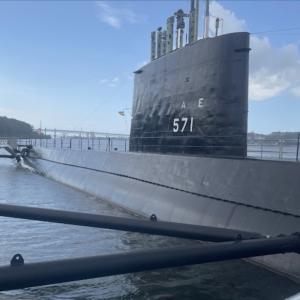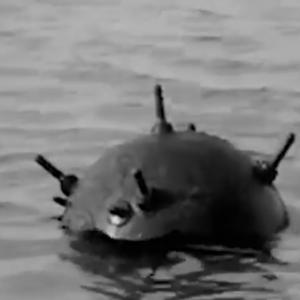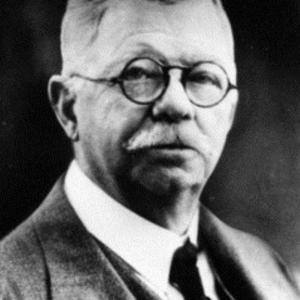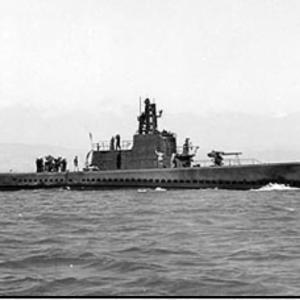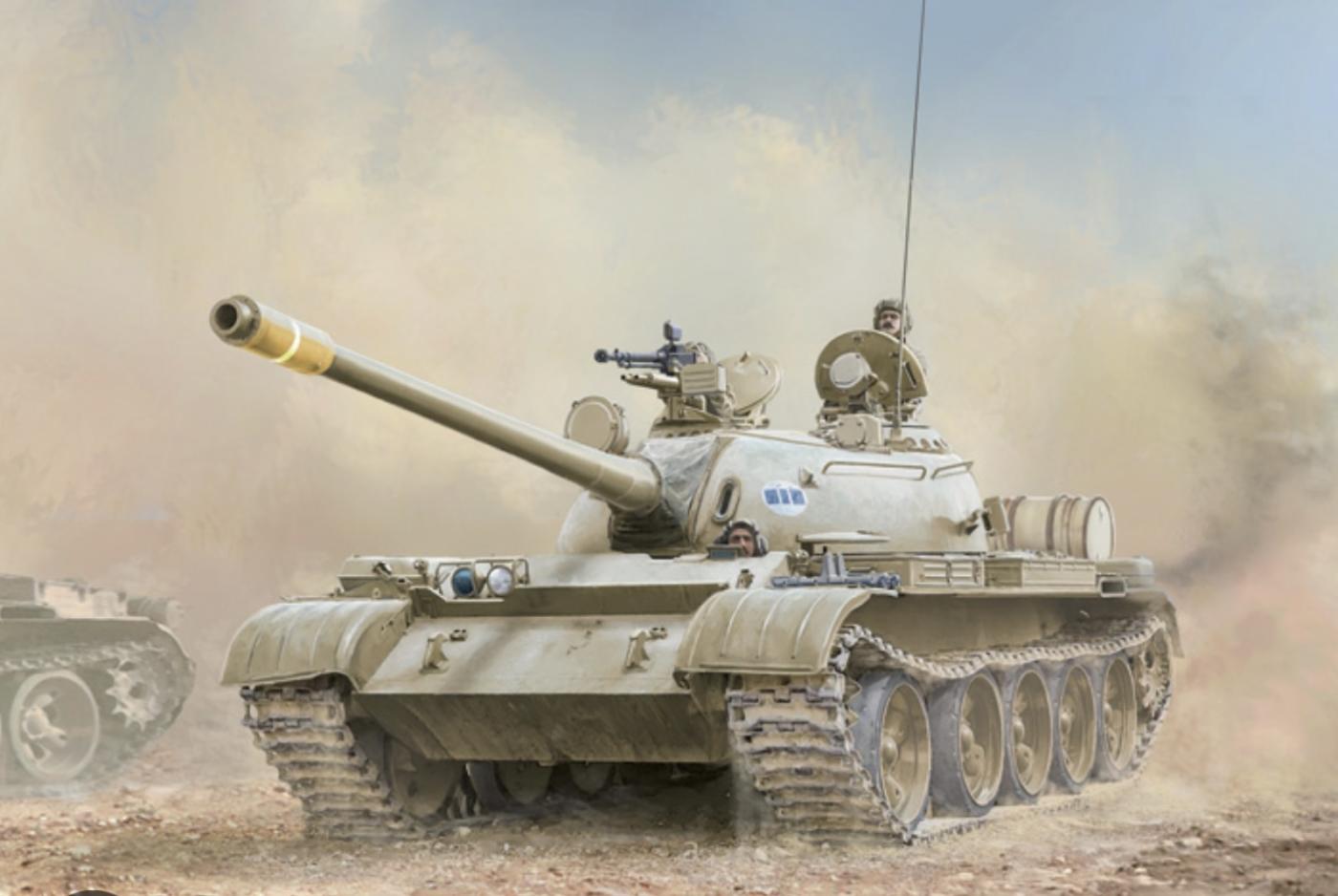
Iraqi Tanks
Iraq made extensive use of T-55 tanks during the Iraq-Kuwait War of 1990–1991, including both Soviet-built models and Chinese-produced Type 59 variants. These tanks formed a significant portion of Iraq’s armored forces at the time and were used by both regular army units and some paramilitary groups. Although not the most advanced tanks in Iraq’s arsenal, the T-55s were still deployed in considerable numbers during the invasion of Kuwait in August 1990 and the subsequent defense against Coalition forces during Operation Desert Storm in early 1991.
The T-55 was originally developed by the Soviet Union in the 1950s as a successor to the T-54. By the time of the Gulf War, the design was over three decades old and had undergone numerous upgrades in various countries. Iraq received its first T-55s from the Soviet Union in the 1960s, with subsequent deliveries continuing into the 1970s. In addition to direct imports from the USSR, Iraq also purchased tanks from Warsaw Pact countries such as Poland and Czechoslovakia, both of which produced the T-55 under license. China supplied Iraq with large numbers of Type 59 tanks—essentially reverse-engineered T-55s—particularly during the Iran-Iraq War in the 1980s. Some sources also suggest Iraq received parts or refurbished tanks from North Korea, although this is less well documented.
Iraq’s T-55s were armed with a 100mm D-10T rifled gun, capable of firing a variety of munitions. These included high-explosive (HE) rounds for use against infantry and soft targets, high-explosive anti-tank (HEAT) shells for engaging armored vehicles, armor-piercing (AP) rounds, and in limited cases, armor-piercing fin-stabilized discarding sabot (APFSDS) rounds. However, Iraq's stockpile of advanced APFSDS ammunition was limited, and most T-55s used older, less effective shells. The ammunition was sourced primarily from the Soviet Union, China, and Eastern European countries. Iraq had limited domestic capability for tank ammunition production, so it relied heavily on imports for sustained operations.
By 1990, Iraq possessed between 2,000 and 2,500 T-55s and Type 59s, making them one of the most numerous tank types in the Iraqi arsenal. These tanks were typically assigned to second-tier units or defensive roles, while Iraq’s more modern T-72s and T-62s were prioritized for elite Republican Guard divisions. During the Gulf War, T-55s were deployed across the Kuwaiti desert and in southern Iraq, often entrenched in defensive positions. However, they proved highly vulnerable to airstrikes, long-range tank fire, and attack helicopters. Coalition forces, especially American and British armored units equipped with M1A1 Abrams and Challenger 1 tanks, destroyed hundreds of T-55s with minimal losses. The disparity in firepower, armor protection, night-fighting capabilities, and fire control systems was overwhelming.
In terms of reliability, the T-55 performed well mechanically under Iraq’s desert conditions. Its simple design made it easy to maintain, operate, and repair, even under battlefield stress. The diesel engine was robust and capable of running on low-grade fuel, which was beneficial for extended operations in remote areas. However, in terms of combat performance, the T-55 was outclassed. Its armor was insufficient to stop modern kinetic energy penetrators or tandem-charge missiles, and its sights and fire-control systems lacked thermal imaging or modern ballistic computers. Most Iraqi T-55s could not effectively engage modern tanks at long range, especially at night or in adverse weather conditions.
Technologically, the T-55 was outdated by the 1990s. First introduced in the mid-1950s, its basic design was over 35 years old at the time of the Gulf War. While some countries had modernized their T-55 fleets with improved fire control, explosive reactive armor, and upgraded guns, Iraq's T-55s remained largely in their original configurations, making them obsolete on a modern battlefield. They lacked even basic features such as laser rangefinders or modern communication equipment in many cases. Against a force like the U.S.-led Coalition, which operated with GPS navigation, air superiority, real-time satellite imagery, and advanced tank technology, the T-55s were hopelessly outmatched.

